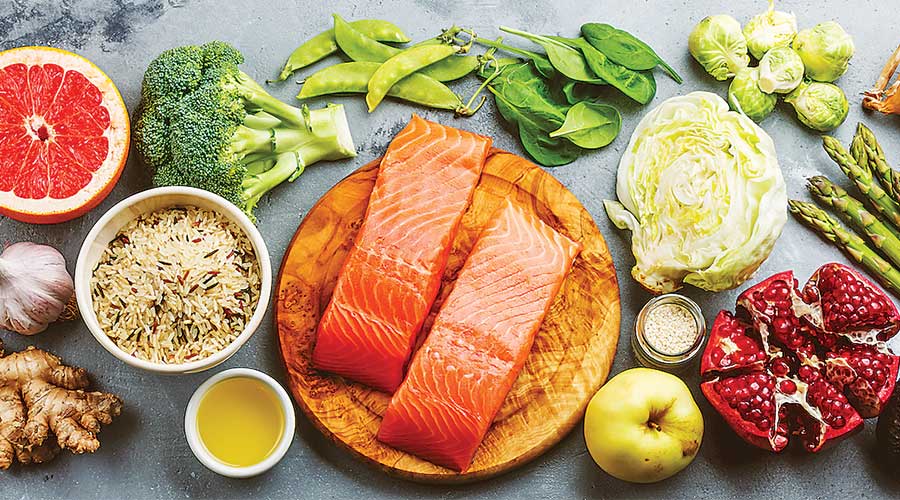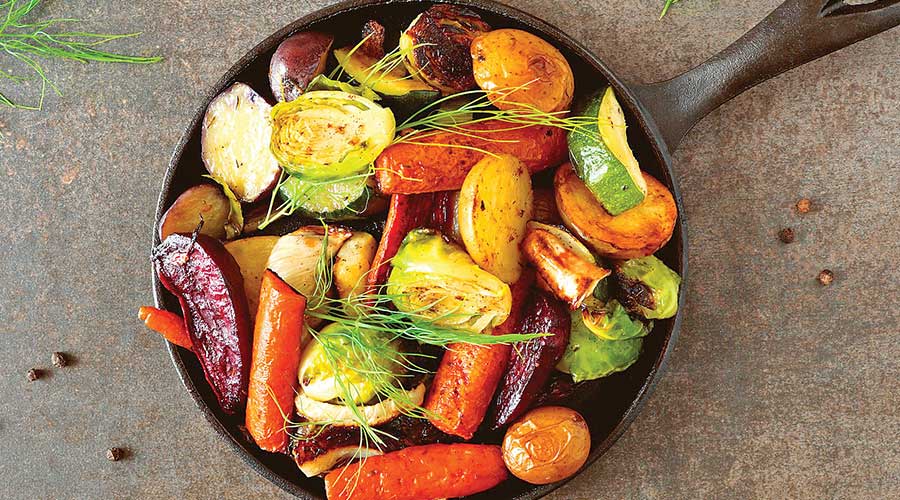Salt therapy – All you need to know
- 24 Feb - 01 Mar, 2024
Throughout the past few years, you've likely heard of the Mediterranean diet. It's much more likely that you've become wholly familiar with this beneficial lifestyle. Maybe you even practice it yourself. But allow us to explain, just in case you haven't heard of it or you need a little refresh.
This diet is based on the traditional eating habits of people throughout the Mediterranean. In other words, it involves lots of lean protein – aka fish – fruits, vegetables, and olive oil. It's been celebrated for its effect on lifespan, brain health, and mood, among other things. It's still one of the most popular diets in the world, though another, slightly different version of it is quickly building steam in the wellness community.
Instead of being based on traditional Mediterranean foods, the new Nordic diet is based on the fruits, vegetables, grains, and lean meats that are found in Scandinavia. Think local and wild-caught lean meat, whole grains, and cruciferous vegetables. Apparently, our Danish, Norwegian, Swedish, and Icelandic friends have had a secret treasure trove of healthy foods that the wellness world, up until this point at least, has been unaware of. In fact, their modern eating habits rival the Mediterranean diet in regards to boosting overall health.
Keep reading to learn how you could benefit from the new Nordic diet.

The new Nordic diet and the Mediterranean diet are similar ways of eating. They both include plenty of fresh, local plant-based foods and moderate amounts of fish and eggs, with small amounts of dairy and limited red meat, sweets, and processed foods. The main types of fruits, vegetables, and grains may differ slightly between the diets, as what is local in the Mediterranean region is different than to the more northern Nordic region.
Unlike the Mediterranean diet, the new Nordic diet advocates heavily for eating organic whenever possible, and includes whole grains like rye and barley, as well as mushrooms and loganberries – all foods you won't find in the Mediterranean region.
But one of the biggest difference lies in oil. As we know, the Mediterranean diet rests on a foundation of olive oil. The Nordic diet, on the other hand, features rapeseed oil (which is more widely known as canola oil). The reason for this, is again, geographical restraints. Nordic regions are, after all, not very suitable for the proliferation of olive trees.
For some, following the Nordic diet could be challenging due to availability of local produce. It does take planning, so the time and commitment could be a challenge for some. Since produce like lingonberries and cloudberries aren’t available in Pakistan, you may need to modify what you eat based on what’s available in your area.
But whether you focus on the local aspect of sourcing foods, the Nordic diet is a good roadmap for getting yourself into a realistic eating pattern. It can even be modified for vegans and vegetarians by adding more plant-based foods into your diet.
The approach to the Nordic diet is more of a guideline that can be really sustainable for someone. It’s just the basics and not overthinking or complicating what you eat.

The diet emphasises locally harvested food. This is essential since local foods typically have more nutrients and fewer pesticides than foods sourced from faraway places. As soon as you harvest fresh food like fruits and vegetables, their nutrient content starts to decline. The closer you can eat that food to when it was picked, the more nutrients you'll get. Locally sourced food is more likely to have been picked recently, compared to food from elsewhere that has to travel long distances to get to you. That's not to say that non-local food isn't healthy, but it may have fewer nutrients.
See the foods that are a part of the new Nordic diet below:
• Cruciferous vegetables (like cabbage, broccoli, and brussels sprouts)
• Root vegetables (like carrots, radishes, and beets)
• Dark leafy greens
• Berries
• Whole grains (especially rye and oats)
• Fish
• Lean wild game
• Mushrooms
• Fresh herbs
• Nuts and legumes
Like many diets, the Nordic diet has a handful of foods to avoid or only enjoy rarely.
• Other red meats that aren’t game meat
• Foods with added sugars
• Processed meats
• High salt foods like lunch meat, dried pasta and bread
• Fast food
• Sweetened beverages
Anything that’s really high in saturated fat and high in sugar is inflammatory to the body. It causes the body to be stressed out.
COMMENTS